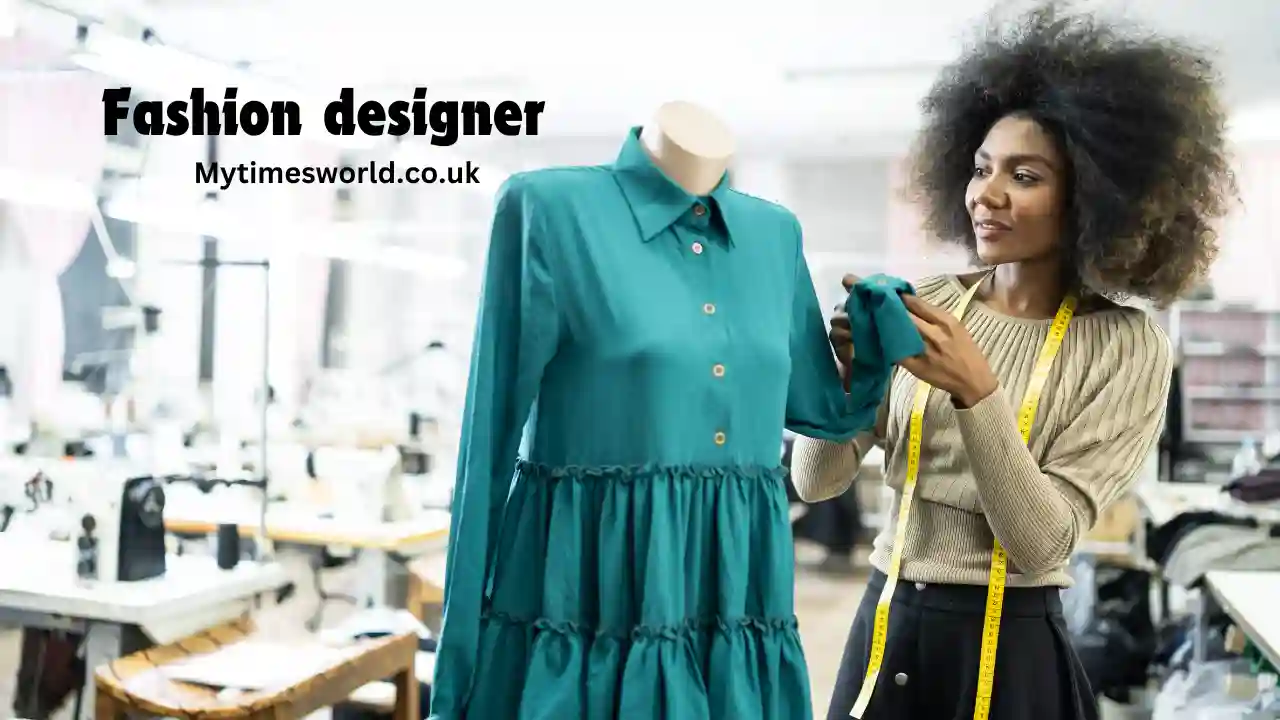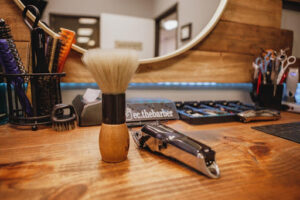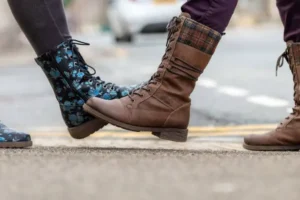Fashion and club culture have always shared a deep and evolving connection. This relationship is a perfect blend of creativity, identity, and expression. From the early days of clubbing to the vibrant night scenes we see today, the fashion world and club culture feed off one another in a constant loop of inspiration. But how did this relationship begin, and why does it remain so essential? Let’s dive deep into this symbiotic relationship.
What is Club Culture?
Before exploring how fashion and club culture are intertwined, it’s essential to understand what club culture represents. At its core, club culture is a collective term for the nightlife scenes that revolve around music, dancing, and socializing in clubs or similar venues. More than just a night out, club culture is about community, creativity, and breaking free from societal norms. It’s a space where people can express themselves freely, often through music, art, and, of course, fashion.
The Birth of Club Culture in the 20th Century
Club culture as we know it today originated in the mid-20th century, starting with jazz clubs and evolving into discos, raves, and underground scenes. With the rise of electronic music in the 1980s and 1990s, clubbing became an essential part of youth culture. Each era brought its unique style and dress code, leading to an ever-changing intersection between fashion and clubbing.
Fashion’s Early Influence on Club Scenes
From the beginning, fashion played a vital role in defining club culture. The rebellious spirit of clubs demanded outfits that broke away from mainstream trends. Whether it was the flamboyant styles of the disco era or the punk-inspired looks of the 1980s, club-goers made bold fashion choices that defied societal standards.
Designers Drawing Inspiration from Nightlife
Fashion designers have always looked to nightlife for inspiration. The freedom, diversity, and energy of club scenes offered designers a platform to explore avant-garde concepts. Club-goers were more than just spectators—they became part of the artistic expression, wearing the designs that symbolized the ethos of their preferred scene.
Iconic Fashion Movements Influenced by Clubs
Several major fashion movements were born in the underground world of clubs. Designers drew inspiration from these vibrant spaces to create collections that would later influence mainstream fashion.
Punk, New Wave, and Streetwear
The punk movement of the 1970s, with its bold and rebellious aesthetic, was heavily influenced by underground music scenes. The leather jackets, safety pins, and DIY fashion were all born in nightclubs where the punk movement thrived. Similarly, New Wave fashion brought bright colors and futuristic designs, while the rise of streetwear in the 1990s took direct cues from club culture.
Club Kids and Their Impact on Fashion Design

The club kids of the late 1980s and early 1990s were known for their outlandish and theatrical fashion. They were a group of young New Yorkers who embraced a blend of drag, couture, and DIY fashion, often creating looks that were impossible to ignore. Their influence reached far beyond the dance floors, catching the attention of major fashion designers.
Famous Designers Who Drew Inspiration from Club Scenes
Many iconic designers have been inspired by club culture. One of the most famous examples is Alexander McQueen, who was deeply influenced by London’s underground club scene in the 1990s. His bold, dramatic designs often reflected the raw energy and dark beauty he encountered in the nightlife world.
Alexander McQueen and the London Club Scene
McQueen’s collections were often edgy and controversial, but they also embodied the spirit of the London club scene. His ability to mix high fashion with elements of subculture made him a pioneer in the fashion industry, showing that club culture could directly influence couture.
The Rise of Subcultures and Fashion Movements
Subcultures have always been at the heart of club culture, with each group bringing its unique style to the dance floor. The goth scene, rave culture, and techno communities all had distinct fashion codes that influenced both designers and mainstream trends.
Goth, Rave, and Techno’s Influence on Style
The goth scene embraced dark, Victorian-inspired fashion with a modern twist, while rave culture brought neon colors, oversized clothing, and athletic wear into fashion. Techno, with its minimalist aesthetic, inspired sleek, futuristic looks that can still be seen in today’s fashion trends.
Fashion Trends of the 1990s Club Scene
The 1990s club scene was a melting pot of styles, blending minimalism with excess. On one end, you had the clean lines and neutral tones of minimalist fashion, while on the other, there was the vibrant, over-the-top excess of rave culture.
Minimalism Meets Excess
This era saw designers balancing these two extremes. High fashion brands began incorporating elements of clubwear, from metallic fabrics to futuristic designs, while club-goers embraced high fashion pieces for their nights out.
Streetwear as the Modern Club Attire
In the 2000s and beyond, streetwear has become the go-to look for club-goers. Comfortable, stylish, and often branded, streetwear allows for self-expression while maintaining a casual vibe. This trend has made its way into high fashion, with many luxury brands collaborating with streetwear designers.
Designer Collaborations with DJs and Clubs
Fashion designers have also teamed up with DJs and clubs, creating capsule collections that blend music, fashion, and nightlife. These collaborations not only bring attention to the designers but also help define the style of specific club scenes.
Breaking Gender Norms in Club Fashion
One of the most significant contributions club culture has made to fashion is the breaking down of gender norms. Clubs have always been a space for exploring identity, and fashion plays a massive role in this exploration.
Androgyny and Fluidity in Nightlife
Many clubs embrace androgynous fashion, where gender boundaries are blurred, and individuals can express themselves freely. This has had a significant impact on the fashion industry, with designers now creating gender-neutral collections that reflect this fluidity.
How Social Media Shapes Club and Fashion Trends

The rise of social media has changed how fashion and club culture interact. Instagram, TikTok, and other platforms allow for the immediate sharing of styles, making it easier for trends to spread quickly. Club fashion is now more accessible, and the latest looks can go viral overnight.
Fashion Technology in Club Culture
Technology is also making its way into club fashion. From LED clothing to wearable tech that reacts to music, designers are pushing the boundaries of what clubwear can be. This innovation is giving rise to a new era of interactive fashion, where what you wear becomes part of the experience.
The Rise of Eco-Friendly Clubwear
Sustainability is a growing concern in fashion, and clubwear is no exception. Many designers are now focusing on eco-friendly materials, creating clubwear that is not only stylish but also kind to the planet.
Fashion Designers Focusing on Sustainable Materials
Brands like Stella McCartney and Reformation are leading the way, proving that you can look good while also being environmentally conscious. This shift is essential for the future of fashion and club culture.
The Evolution of Club Fashion Post-Pandemic
The COVID-19 pandemic has transformed nightlife, leading to changes in club fashion. With the rise of outdoor events and a focus on comfort, fashion has had to adapt to these new norms.
Virtual Nightlife and Fashion in Digital Spaces
The pandemic has also led to the emergence of virtual nightlife. Events are now held online, giving rise to a new type of digital fashion. Designers are now creating looks that can be showcased in virtual settings, expanding the definition of clubwear.
Fashion’s Role in Identity and Community Building
Clubbing often provides a safe haven for marginalized communities, including LGBTQ+ individuals and people of color. Fashion plays a crucial role in these spaces, enabling individuals to express their identities boldly and unapologetically. Through unique styles and bold choices, club-goers not only stand out but also create a sense of belonging within their communities.
Case Studies of Fashion-Forward Clubs
Some clubs have become renowned for their unique fashion statements. For instance, The Bowery Ballroom in New York City isn’t just known for its music; it’s also famous for the fashion choices of its attendees. The eclectic mix of styles seen there reflects the club’s history and the diverse influences that shape its culture.
Another notable example is Berghain in Berlin, where the door policy is notorious for its exclusivity. The club’s patrons often showcase a mix of high fashion and underground aesthetics, emphasizing individuality and creativity over conventional beauty standards.
The Interplay of Music Genres and Fashion Styles
Different music genres have distinct fashion aesthetics associated with them. For instance, the house music scene often features sleek, minimal designs, while hip-hop culture is synonymous with streetwear and sports-inspired looks. As music evolves, so too does the fashion that accompanies it, leading to a constant state of flux in club styles.
Fashion Events and Their Connection to Club Culture
Fashion weeks around the world often feature nightlife as an essential aspect of their presentations. Many designers host after-parties in clubs to showcase their collections in a more relaxed environment, further bridging the gap between high fashion and club culture. These events not only highlight the designers’ latest creations but also serve as a celebration of the vibrant nightlife that inspires them.
Conclusion
The relationship between fashion designers and club culture is one of mutual inspiration and evolution. From the early days of jazz clubs to the current digital nightlife, both worlds have influenced each other, creating vibrant, expressive communities. As we look to the future, it’s clear that this symbiotic relationship will continue to thrive, shaping how we dress, express ourselves, and enjoy the nightlife.
FAQs
- How did club culture influence fashion trends? Club culture has long influenced fashion trends by introducing new styles and aesthetics that break away from mainstream norms. Designers often look to the vibrant, expressive outfits worn by club-goers for inspiration.
- What are some iconic fashion movements born from club culture? Iconic fashion movements influenced by club culture include punk, rave, and streetwear. Each of these styles has unique characteristics that reflect the ethos of the nightlife scenes they originated from.
- How is technology affecting club fashion? Technology impacts club fashion through innovations like LED clothing, interactive fashion designs, and social media. These advancements allow for rapid trend sharing and create unique experiences for club-goers.
- Are there sustainable options for clubwear? Yes, many designers are now focusing on sustainability, creating eco-friendly clubwear that uses materials that are kind to the environment. This shift is becoming increasingly important in the fashion industry.
- How has the pandemic changed club fashion? The pandemic has led to changes in club fashion, with a focus on comfort and outdoor events. Additionally, virtual nightlife has created a new platform for showcasing digital fashion.







Be First to Comment